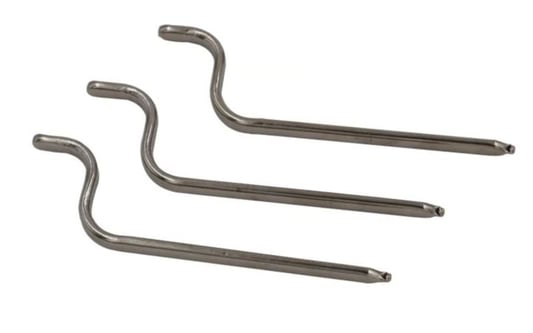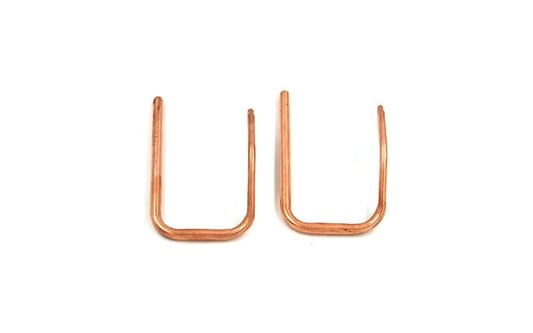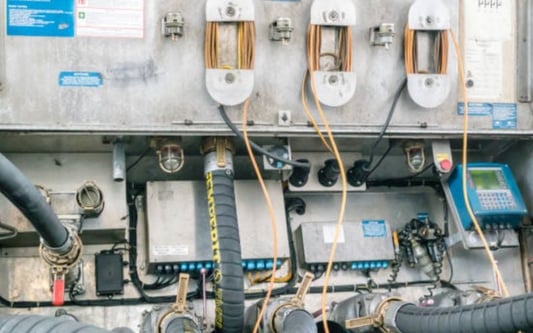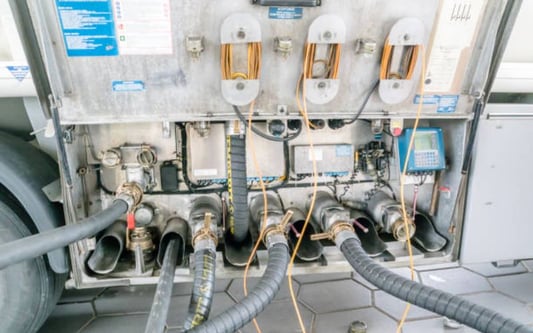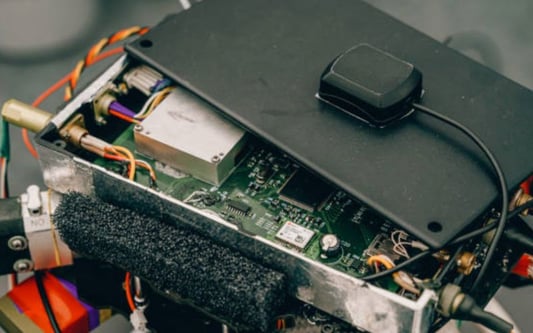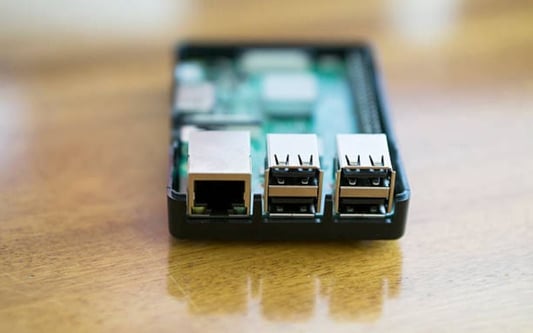What are heat pipes filled with?? Explained!Heat pipes are important components in many cooling systems, and they are designed to transfer heat efficiently from one point to another. The basic working principle of heat pipes is straightforward: they rely on the physical properties of a working fluid that circulates inside the pipe. However, what is this working fluid, and how does it work? Let's explore the different aspects of heat pipes and examine what they are filled with.What Are Heat Pipes?Heat pipes are devices that are used to transfer heat from one location to another through the use of a working fluid that changes its phase in the process. These devices consist of a sealed tube that contains a liquid/vapor mixture that absorbs heat at one end and releases it at the other end. The heat is transferred as the liquid evaporates into a vapor at the hot end and condenses into a liquid at the cool end.How Do Heat Pipes Work?A heat pipe is made up of a tube with a wick structure on the inside and a working fluid such as water, ammonia, or methanol. When heat is applied to one end of the heat pipe, the fluid inside vaporizes, and the vapor moves towards the cooler end of the heat pipe where it condenses. The capillary action of the wick structure then draws the liquid back towards the hot end, and the process repeats itself. The heat is effectively transferred from one end of the heat pipe to the other through the phase change of the working fluid.What Are Heat Pipes Filled With?Heat pipes can be filled with a variety of working fluids, each with its own unique properties. Some of the most commonly used working fluids in heat pipes include:Water:Water is one of the most common working fluids used in heat pipes because it has a high heat of vaporization, meaning it can absorb a lot of heat when it evaporates. Water is also readily available, inexpensive, and non-toxic, making it a popular choice for heat pipes in many applications.Ammonia:Ammonia is another common working fluid used in heat pipes. It has a relatively high heat of vaporization like water and is also readily available and inexpensive. However, ammonia is toxic and requires special handling and precautions when used in heat pipes.Methanol:Methanol is a popular working fluid in heat pipes used in low-temperature applications. It has a low boiling point and is therefore well suited for use in heat pipes that operate at low temperatures. Methanol is also readily available and inexpensive but is toxic and flammable, requiring special handling and precautions.Other Working Fluids for Heat PipesOther working fluids that can be used in heat pipes include ethane, propane, and acetone. These fluids have unique properties that make them suitable for use in specific applications. For example, ethane has a low boiling point and is therefore well suited for use in heat pipes that operate at very low temperatures.ConclusionHeat pipes are fascinating devices that have revolutionized the way we transfer heat from one point to another. By utilizing the phase change of a working fluid, heat pipes can transfer large amounts of heat efficiently and effectively. While heat pipes can be filled with a variety of working fluids, each with its own unique properties, water, ammonia, and methanol are some of the most commonly used fluids.Quote InquiryContact us!


